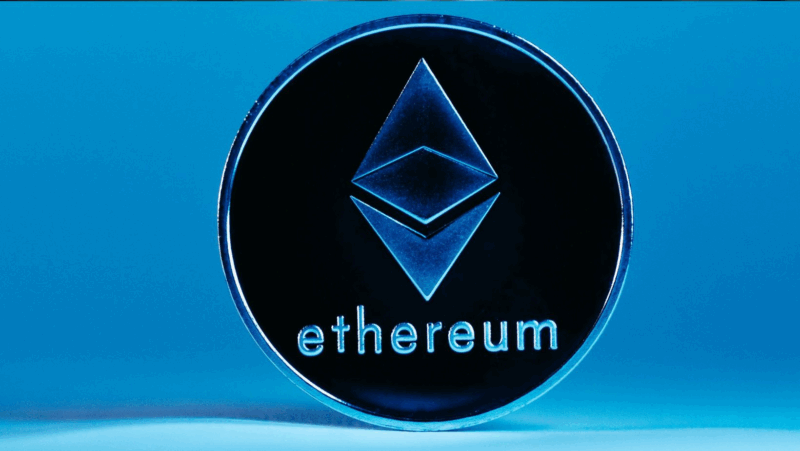
In 2025, fixing cars isn’t the hard part. It’s earning customer trust.
Today’s car owners don’t just want reliable repairs. They want clarity. They want to know exactly what they’re paying for, why it matters, and when they’re expected to pay.
And if your shop still delivers surprise bills or scribbled estimates, you’re already behind.
Payment transparency isn’t a nice-to-have anymore. It’s the core of your customer experience. It’s what separates a five-star review from a fiery complaint. It’s what gets you repeat business instead of a one-time deal.
And here’s the reality: Customers aren’t judging you only by your technical skills anymore. They’re judging you by your systems. Your workflows. Your ability to communicate value and cost without confusion.
So why are so many auto shops still vague at the finish line?
Why Payment Confusion Still Exists, and Why It Hurts?
Too many auto repair businesses still rely on:
- Outdated pricing sheets
- Inconsistent labor rates
- Debilitating Guesswork
This causes friction. The kind of friction that kills trust.
Imagine walking into a coffee shop, ordering a latte, and being told, “We’ll let you know the price after we make it.” Absurd, right? And yet, that’s exactly how many auto shops operate.
Inconsistent pricing makes customers feel cheated, even when the price is fair. Unclear breakdowns create room for doubt. And any hint of opacity in billing opens the door to suspicion, no matter how honest your team is.
Transparency, on the other hand, puts your customers at ease. It makes your pricing feel earned. Not just taken.
What Transparent Payments Actually Look Like?
Payment transparency isn’t just about putting the total on the invoice. It starts earlier. Much earlier.
- A clear, digital estimate that is broken down by parts, labor, and tax
- Real-time updates if something changes mid-service
- Visual inspection reports that show why something needs replacing
- Easy approval workflows through text or app
- No last-minute surprises at the counter.
It’s a seamless, informed journey. And it builds trust long before the transaction ever happens.
The Role of Your POS System in All This
Let’s get practical: You can’t deliver this kind of experience with paper invoices and clunky checkout setups. This is where the POS system for modern auto shops becomes non-negotiable.
A modern POS (Point of Sale) system does more than process cards. It integrates estimates, parts inventory, technician time tracking, discounts, taxes, and customer communication—all in one place.
You can show customers exactly:
- What they’re paying for
- Generate detailed receipts instantly
- Track payment histories for repeat visits

More importantly, you empower your front desk team. They can answer billing questions without hesitation. They’re not fumbling through files or calling a tech from the bay.
That clarity builds confidence, and confidence leads to loyalty.
CEOs Are Investing in Payment Experience, Not Just Pricing
You know what’s a recent trend across service industries? The rise of customer experience executives, not just operations managers. Why? Because the service itself is only half the equation.
Your customers remember how you made them feel at checkout.
Did they walk away feeling informed? Or blindsided?
Auto repair CEOs who want to grow in 2025 and beyond are treating their billing process like a product. They’re mapping the customer journey from drop-off to pickup and removing the awkward points, especially around price communication.
And it’s working.
It’s Not Just About Tech, It’s About Culture
Let’s be clear: You can install all the software in the world, but if your team isn’t trained to communicate clearly, it won’t stick.
Transparency is a mindset. Your advisors should be comfortable explaining line items. Your techs should take photos and notes during inspections. Your front desk should proactively communicate any changes, not wait to be asked.
Technology supports this culture. But it can’t replace it.
What You Risk By Staying Opaque?
Think payment clarity doesn’t matter that much? Here’s what you risk:
- Chargebacks from customers who didn’t “understand” the bill.
- Negative reviews that damage local visibilty.
- Lower conversions on high-ticket services.
- Wasted time was spent explaining invoices after the fact.
- Lost trust, even when the repair was perfect.
In a margin-thin industry like auto repair, these losses stack up fast.
Final Thoughts
Your customers might not understand what a catalytic converter does. But they do understand whether or not they felt respected. And there’s no clearer signal of respect than clear, upfront, honest pricing.
In 2025, prioritizing payment transparency isn’t a tech trend it’s a leadership move. The shops that thrive this year won’t be the cheapest. They’ll be the clearest.
And that clarity? It starts with the tools you use, the systems you train, and the values you build your brand on.







